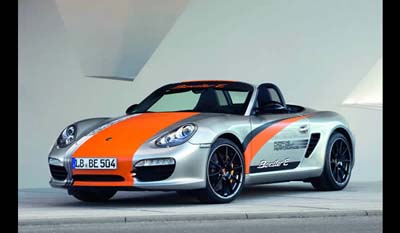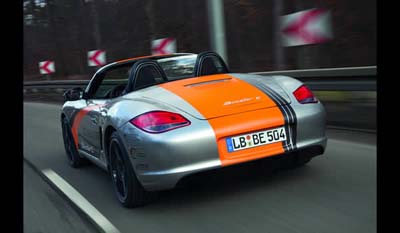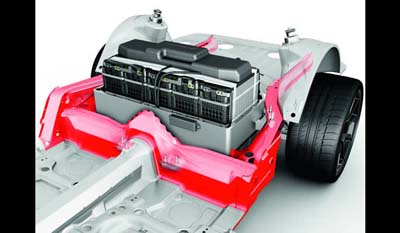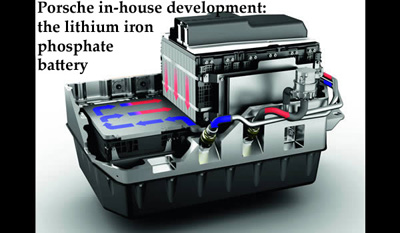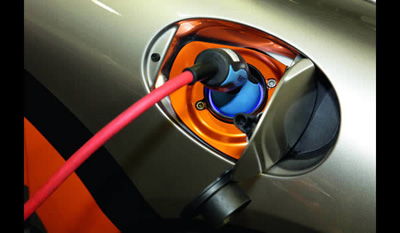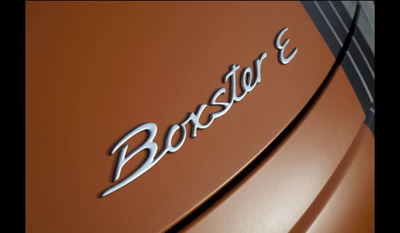Porsche Boxster E Plug in Electric research vehicle 2011
Porsche has unveiled its latest research vehicle to the public for the very first time at the 2011 IAA Frankfurt Motor Show – the all-electric drive Boxster E. In the wake of the GT3 R Hybrid, 918 Spyder and 918 RSR, the mid-engine prototype is yet another sports car concept exhibiting the brand’s characteristic combination of research and driving pleasure. All-wheel drive without mechanical transmission of power- The rear drive unit comprising motor and transmission, together with the power electronics for controlling the electric motor is located where the manual transmission and exhaust system are accommodated in the conventional Boxster. In the front end, the space vacated by the 64-litre fuel tank, now redundant, is occupied by the second drive unit. The power electronics unit in the adjacent luggage compartment serves the front axle electric motor. The Boxster E thereby features all-wheel drive without mechanical transmission of power. To ensure maximum driving stability and traction, a central electric control unit looks after the synchronisation of the two electric motors and controls the drive torque distribution to the front and rear axle.
Porsche in-house development: the lithium iron phosphate battery This lithium iron phosphate-based traction battery is fitted in place of the combustion engine. Each of its cells has a nominal voltage of 3.3 volts and an individual capacity of 20 Ah. Based on the NEDC, the combined energy from 440 individual cells is good for approximately 170 kilometres of driving pleasure in the Boxster E with its ready-for-the-road weight of a mere 1,600 kg. For an overall weight of 341 kg, the battery's energy content is 29 kWh of which for inherent physical reasons approximately 26 kWh are available for use – an outstanding performance for a battery. Its maximum power output is 240 kW (321 hp), or 60 kilowatts more than the all-wheel Boxster E draws under full load. The battery and power unit components are connected to two water cooling circuits. As with the conventional power unit, the heat exchangers are accommodated behind the front air intakes. The traction battery is charged via a charging cable. Engine braking with energy recovery - Not only are the clutch pedal and gearshift lever absent in the Boxster E, there is no rev counter either. In its place is a special E-Power meter in the central instrument cluster display. A swing to the right indicates power call-off and to the left power recovery. Recuperation – namely the recovery of energy by using the electric motors as generators – can be modified by means of the push buttons in the steering wheel. The effect: a sort of on-demand engine brake. Otherwise, when the driver lifts his foot off the accelerator, the Boxster E simply sails on, using the moving vehicle’s kinetic energy. Among its other functions, the instrument cluster’s right-hand TFT display acts as an intelligent range management system, displaying useful driving information: the range remaining or how many miles can be gained by switching off the air conditioning system. Wallpapers : Porsche Boxster E Plug in Electric research vehicle 2011
|
||||||||||||||||
|---|---|---|---|---|---|---|---|---|---|---|---|---|---|---|---|---|








